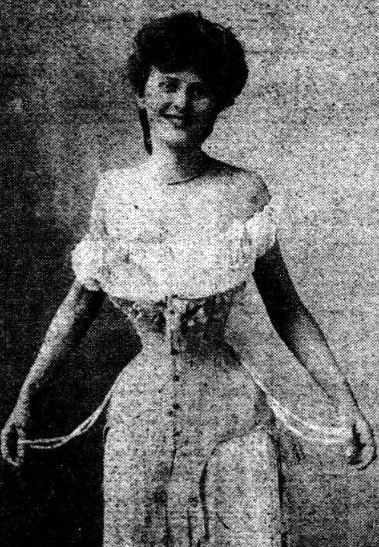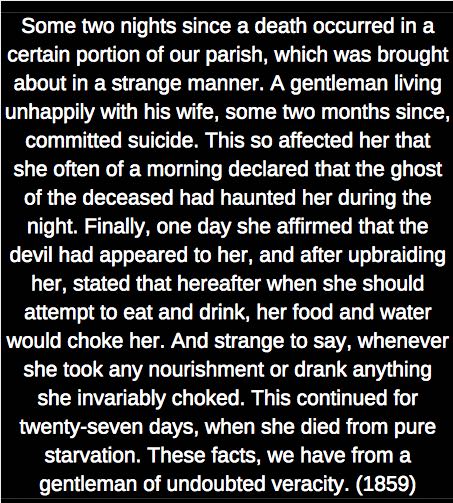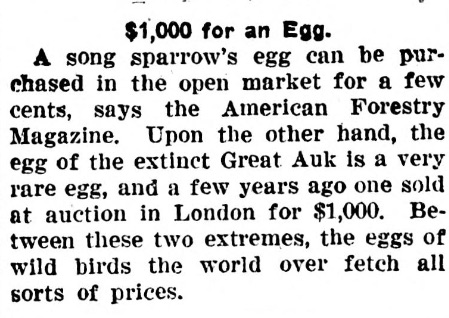
How was lavender oil made over a hundred years ago? This article originally printed in 1907 explains the process of making the essential oil.

From Field to Scent Bottle
The universal popularity of lavender is attested by the fact that it is just as much in vogue today as it was in the days of our grandmothers, despite the great variety of possible substitutes offered in the way of sweet smelling concoctions and compounds. In every large city and in many small ones the lavender man is seen standing on the streets, and while it cannot be asserted that he is besieged at all times with purchases for his wares, it is true that he makes out well enough to take up his stand day after day, which would seem to indicate that he is satisfied with the aggregate of his business transactions. At the extract counter lavender is always one of the favorites and is called for repeatedly in one or the other of its several forms. The English lavender is regarded as the best, and, strange to say, the plant is not indigenous to the soil of Great Britain, but was brought from the South of Europe. It has, however been cultivated for commercial purposes since about 1820 and great tracts of land are now given up to the growth of the lavender crop.
Fields of Purple Flowers
Around Mitcham and Carshalton, in England, many areas are devoted to the cultivation of lavender, and here in the summer may be seen fields and fields of purple flowers waving in the breeze awaiting the sickle of the reaper, the harvest being gathered with the old fashioned reaping instrument of our forefathers.
Lavender is not raised from seeds in that country, as the seed does not mature. When a fresh field is to be laid down, slips from existing plants are set in October. These, when they have rooted, are carefully clipped in the spring and early summer.
The slips are planted in rows four feet apart, three feet being allowed between each plant, about three thousand five hundred going to an acre of land. Sufficient space is thus left around each plant to insure full exposure to the wind and sun.
The plants are at their best in their fourth year. After this time, the field in which they were grown is ploughed up and set with potatoes or some other crop.
The Lavender Harvest
From about the middle of August to the beginning of September the lavender fields are in full bloom, and the harvest can be seen in progress. In order to protect the flowers during the carting operation, large reed mats are spread out in the fields, and the reaper who gathers the crop with his sharp sickle, lays the lavender upon these mats, which are tied up when full and taken directly to the stills.
The blooms are borne upon the terminal spike of a long stalk, both corolla and calyx being covered with minute hairs, among which are embedded the shining oil glands to which the fragrance is due. About half a hundred-weight of lavender is placed in each mat, the subsequent yield of which will be fourteen to sixteen ounces of essential oil. The yield, however, varies much in quantity and quality. After a wet season, the yield of oil will be half that obtained during a season of sunshine, and the quality will also suffer.

Placed in the Still
On arriving at the distillery, the lavender, which is gathered early in the day, with the dew upon it if possible, is placed in the still. By this well-known apparatus the essential oils are driven off with the steam, this being eventually condensed, and the oil separated from the water.
Some distillers bundle in the lavender as it arrives, stalks and all, while others carefully remove the stalks and put in the flowers by themselves. The latter method yields the finest oil. If the stalks are put in, they yield a much ranker product. This difficulty is surmounted, however, by collecting the oil volatilized during the first hour and a half, separately. Oil given off by the stems being less volatile, can by this means be collected independently, this low grade, ranker oil being utilized chiefly for perfuming soap.
Bottling Oil
The vapor containing the volatilized oil is condensed in a long pipe of pure tin, the liquid being run off into curious-shaped cans fitted with a compartment at the top to retain the oil, while through a spout connected with the lower part, the water also given off can be drained away. The essential oil is next filtered, and then bottled. Freshly made, the oil has an herby odor. In order to get rid of this unpleasant odor, the bottles are left uncorked, the necks being covered with cotton wool to prevent the ingress of dust and other foreign matter. At the expiration of three months, this herby odor will be found to have passed away. The bottles are then corked and stored in the dark. The oil matures, and continues to improve in quality for from three to five years after, when it begins to deteriorate and in some case has to be redistilled.

Lavender Essence of Commerce
The “lavender essence” of commerce is a solution of essential oil in spirits of wine, mixed with musk, bergamot, ambergris, and other ingredients known to the perfumer. Bergamot, though largely used, is disfavored by many, as it tends to discolor the essence.
“Lavender water” is a solution of lavender oil and rectified spirit combined with rosewater.
The difference in the quality of the oil is very striking, experts being even able to distinguish between the oil distilled from different fields in the same locality.
Output Affected by the Seasons
Large quantities of oil imported into England are manufactured in Piedmont and the south of France from wild lavender, the quality being much inferior to the home produce. At one time plants were exported from England and reinstated in their former haunts, in the hope that they would retain their superiority over the native lavender, but it was found that the excellence of the oil produced in England was due entirely to the existing conditions of soil and circumstances.
So greatly, indeed, do the seasons affect the output, that as is the case with wine of different vintages, favorable conditions create such a marked improvement, that the oils are sold according to the date of distillation. Apart from lavender water, there is a great demand for sachets made of the flowers themselves.
Source: Los Angeles herald. (Los Angeles [Calif.]), 20 Jan. 1907.

